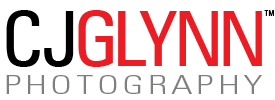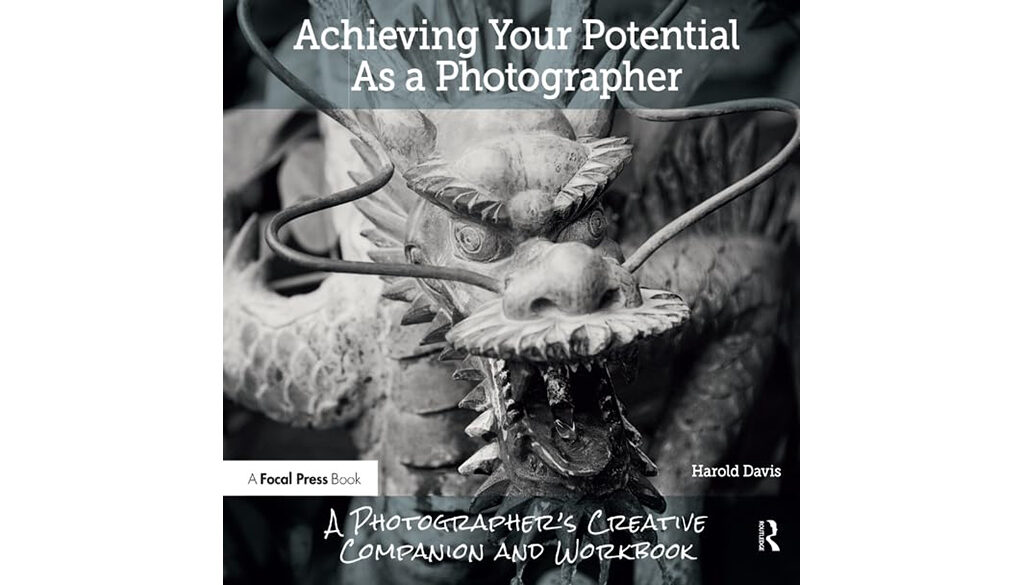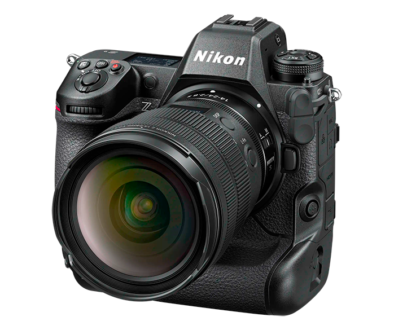Review: Achieving Your Potential As a Photographer by Harold Davis
Achieving Your Potential As a Photographer: A Photographer’s Creative Companion and Workbook by Harold Davis is not your typical photography “how to” book. Rather than stressing technique and delineating specific recipes to make great images, Davis teaches readers to look inside themselves to identify and overcome “resistances” that keep them from achieving their potential as a photographer. In this book, Davis helps readers move from just capturing images to making personal works of art.
Davis writes in a somewhat breezy fashion, as if he’s having a conversation with, rather than lecturing, the reader. To keep the contents light, there are personal asides and attempts at humor throughout. The less formal approach will work well for most readers, but others may be put off by the more causal style.
The book takes the reader on a journey. Not a physical journey from point A to point B, but rather a mental journey to explore who you are, what you want to be as a photographer and how to get there — wherever “there” is for you. The book asks the reader for self-reflection, and if the reader does indeed do so, he will emerge better off for it.
Davis starts out with what he calls “A Roadmap to Success.” He encourages readers to “Establish a baseline,” “Go for it,” “Improve,“ and “Do it again.” This, of course, is a simplification of “Plan, Do, Study, Act” that was introduced by Walter Shewhart of Bell Laboratories and made famous by Dr. W. Edwards Deming, the quality control guru who inspired the rise of Japanese industry after World War II and guided the resurgence of American automobile manufacturing in the late 1980s. This is a tried and true method for improvement of almost any process, and as Davis advocates, it should work for advancing your photographic skills as well.
The book is divided into five main sections, “In The Beginning,” “Unleash Your Imagination,” “Becoming a More Creative Photographer,” “Technique Matters,” and “From Photo to World” with short chapters in each section. In general, the chapters are concise — from two to ten pages — allowing readers to consume them in smaller time chunks, rather than requiring an investment of an hour or more at a time to move through the material.
The text is supplemented by a myriad of Davis’ images, from his iconic high key flowers and Parisian cityscapes to natural scenes of Japan and abstract, impressionist creations. Davis’ own story accompanies many of the images, giving you valuable insight into the mind of a professional photographer, including what he was thinking and feeling when making the compositions. In these asides, it is almost as if the reader is sitting over coffee with Davis and discussing his work.
The book covers a great deal of material, both about Davis’ approach to photography as well as Davis’ approach to life. He sometimes borders on giving Zen-master-like advice (“To create meaningful imagery, you have to know yourself.”), but almost always pulls back from the brink of crossing too far into the “airy-fairy.”
Rather than be juxtaposed with the material they reference, the exercises are relegated to a workbook at the rear of the book. While this might be the form of the “Workshop in a Box” that Davis promises, some readers may find it distracting to be forced to page through the workbook section each time an exercise in mentioned in the text.
While the skeumorphic design of the workbook and the invocation of “Harold sez (sic)” to introduce Davis’ quotes is too precious, the exercises will serve to expend readers’ minds, giving them inspiration, ideas, exercises, and challenges. Some exercises are expected (“Learn to pre-visualize by describing the image you want to make and listing the steps necessary to make it.”), while others really serve to stretch the reader’s photographic and creative abilities (“Find your personal passion by listing things you really care about and making them into an image.”)
For many, the main take-aways from the book will be more personal than photographic:
- How do you objectively rate yourself today? Be honest.
- What’s stopping you from achieving your goals? Figure it out, write it down and make a plan to remove the “resistance.”
- Don’t be afraid to be creative; don’t be afraid to make a mistake.
- Listen to your inner voice by understanding what moves you and why you care about those things.
- Work should be play; you can’t do great things when you’re not having a good time.
Readers of this review will notice that the word “photography” is not mentioned once in the above bullets. “How do objectively rate yourself today?” could easily be transformed to “How do you objectively rate your photography today?” That, it seems, is the point of Davis’ vision: your life and your photography are inextricably intertwined; they cannot be separated. Good images are not possible without a well lived, deeply considered life.
It is obvious that this work (“work” meaning both “this book” and “photography in general”) is highly personal to Davis. In Achieving Your Potential As a Photographer, he comes as close to baring his soul and sharing his innermost thoughts about photography this side of a therapist’s couch. Davis’ passion for photography comes through, as does his sincere desire to help readers “be the best photographer you can be.”
Intermediate or professional photographers who have already mastered the technical side of their craft will further their knowledge of photography, and of themselves, by reading (and then re-reading) Achieving Your Potential As a Photographer by Harold Davis.




